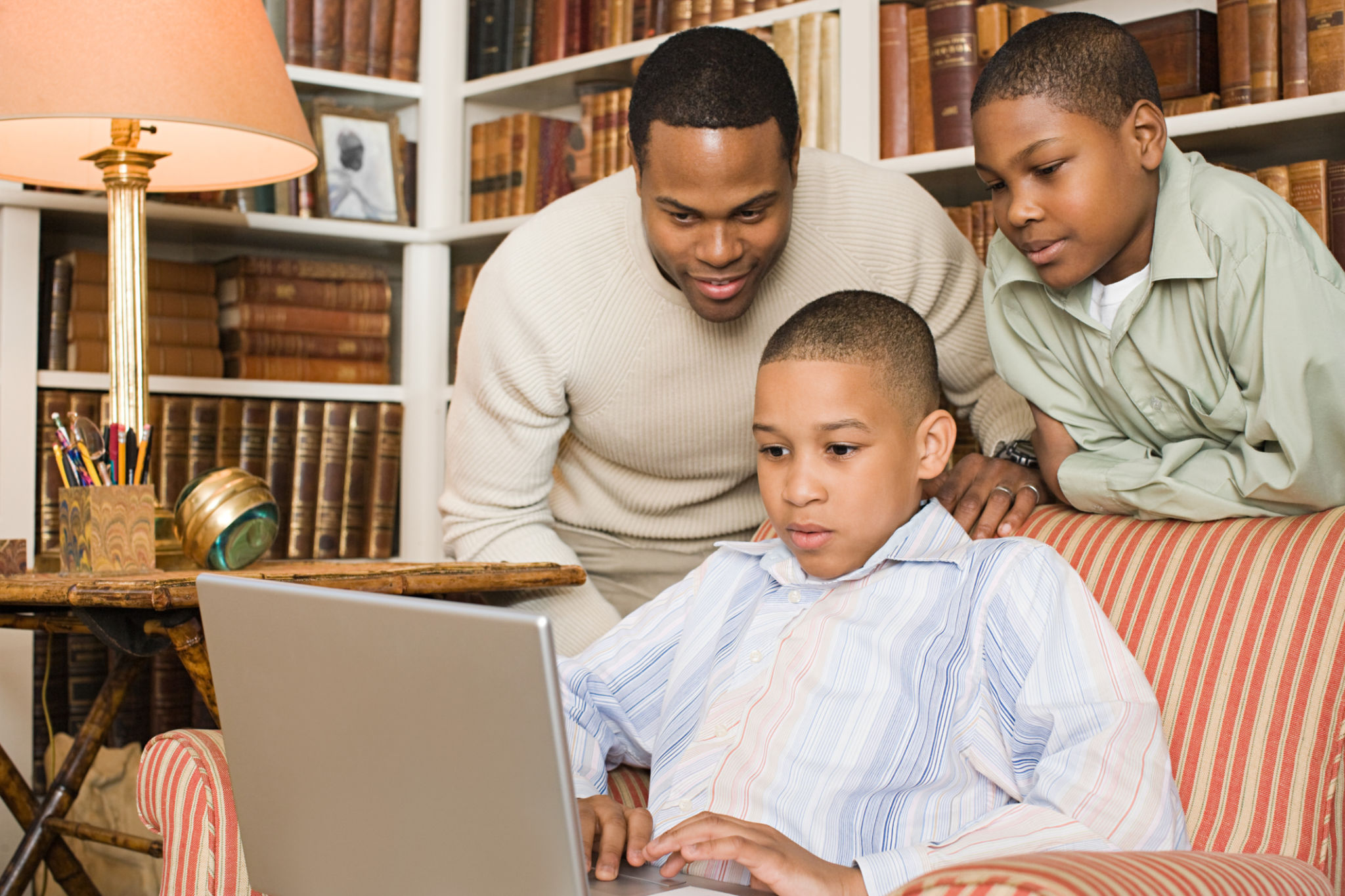Preserving Indigenous Languages: Challenges and Strategies
Understanding the Importance of Indigenous Languages
Indigenous languages are vital to the cultural identity and heritage of communities around the world. They encapsulate unique worldviews, traditional knowledge, and cultural expressions that have been passed down through generations. Unfortunately, many of these languages are at risk of disappearing, leading to an irrevocable loss of cultural diversity. Preserving these languages is not just about saving words; it's about maintaining a living culture.

Challenges in Preserving Indigenous Languages
One of the primary challenges in preserving indigenous languages is the dwindling number of fluent speakers. As older generations pass away, younger members of the community often do not learn the language, opting instead for more dominant languages that offer greater economic opportunities. This generational gap poses a significant threat to the continuity of these languages.
Additionally, globalization and urbanization contribute to the decline by promoting the use of widely spoken languages in education, media, and technology. This shift often relegates indigenous languages to the background, further diminishing their use in daily life.
Strategies for Revitalization
To tackle these challenges, several strategies have been developed to revitalize indigenous languages. One notable approach is language documentation, which involves recording and compiling comprehensive resources, such as dictionaries and grammars, to preserve the language for future generations. This foundational work is crucial for any revitalization effort.

Community-driven initiatives have also proven effective. Engaging native speakers in teaching language classes and creating immersion programs can foster a sense of pride and ownership within the community. By integrating cultural practices and storytelling into these programs, learners can connect more deeply with their heritage.
The Role of Technology
Technology plays an increasingly important role in language preservation. Digital tools, such as mobile apps and online platforms, can make learning accessible and engaging for younger generations. These technologies provide interactive resources like audio recordings and video lessons, bridging the gap between traditional learning methods and modern expectations.
Social media platforms also offer a space for communities to share their language and culture with a wider audience. By promoting content in indigenous languages, speakers can raise awareness and encourage others to appreciate and learn about their linguistic heritage.

Government and Institutional Support
Government policies and institutional support are essential components in preserving indigenous languages. Policies that recognize and protect linguistic diversity can create an environment conducive to language preservation efforts. Additionally, funding for educational programs and research initiatives can provide the necessary resources to sustain these activities.
Collaborations between governments, academic institutions, and indigenous communities can lead to effective language preservation strategies. Such partnerships can ensure that efforts are tailored to the specific needs and contexts of each community, maximizing their impact.
The Path Forward
The preservation of indigenous languages requires a multifaceted approach that combines community initiatives, technological advancements, and supportive policies. By recognizing the unique value these languages bring to global cultural diversity, we can work collectively towards safeguarding them for future generations.
Ultimately, it is not just about saving a language; it is about honoring the identity and resilience of indigenous peoples worldwide. Through concerted efforts, we can ensure that these languages continue to thrive, enriching our shared human experience.
